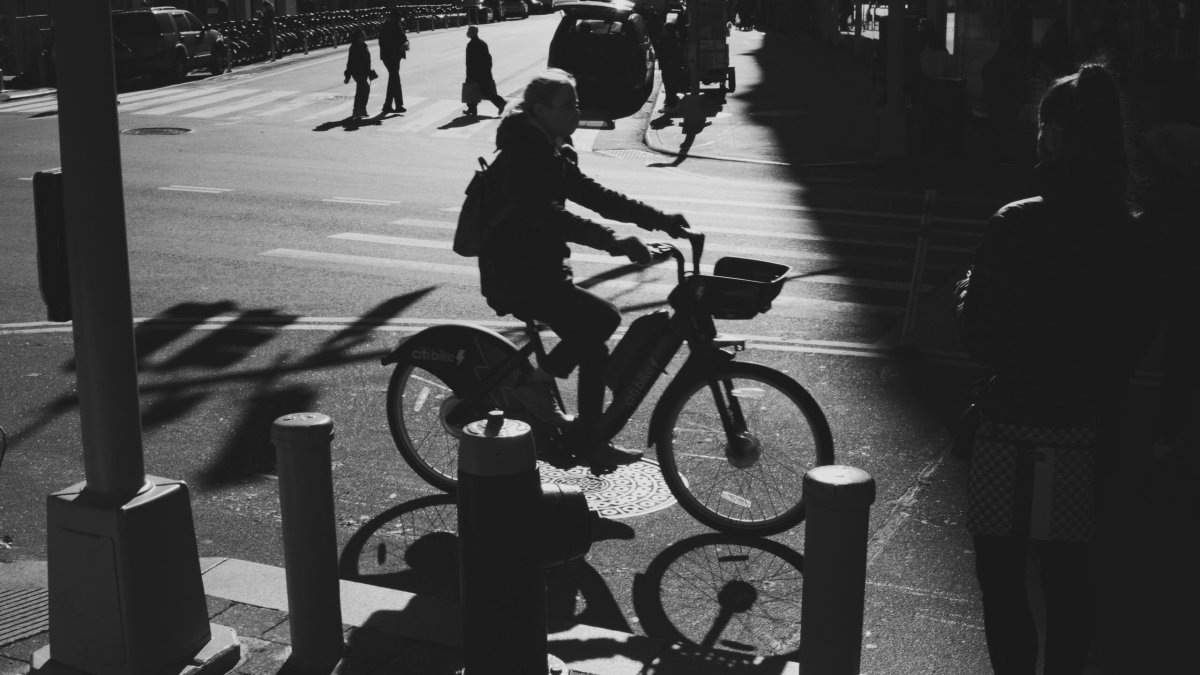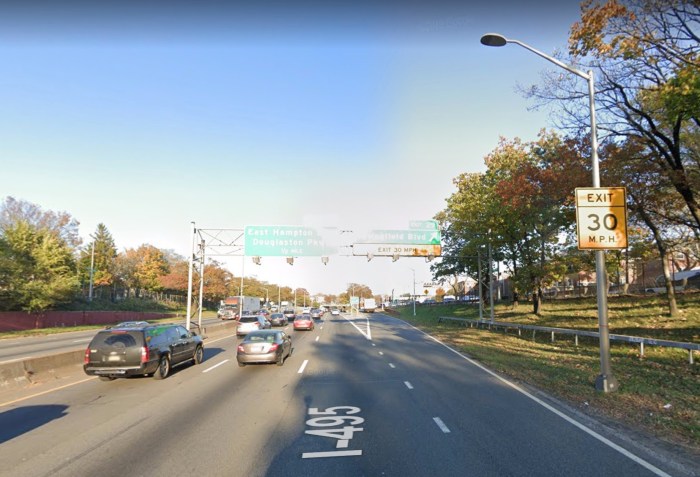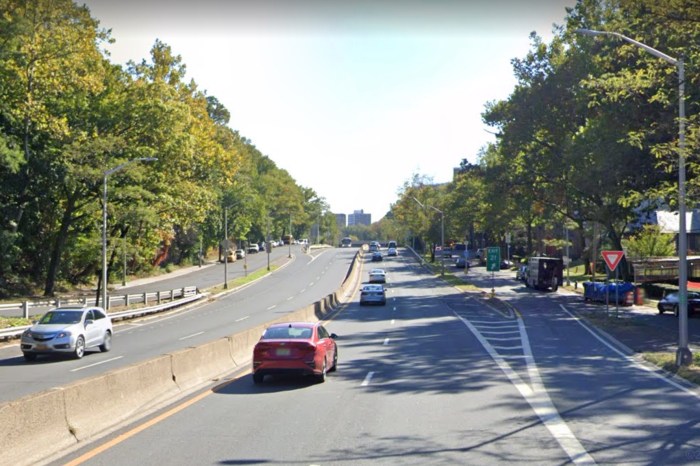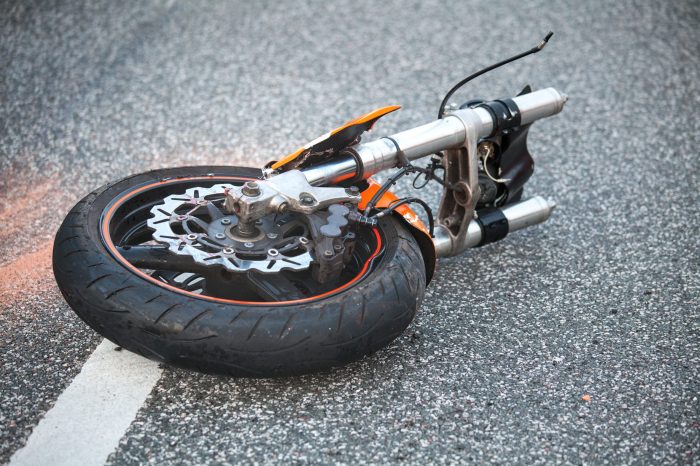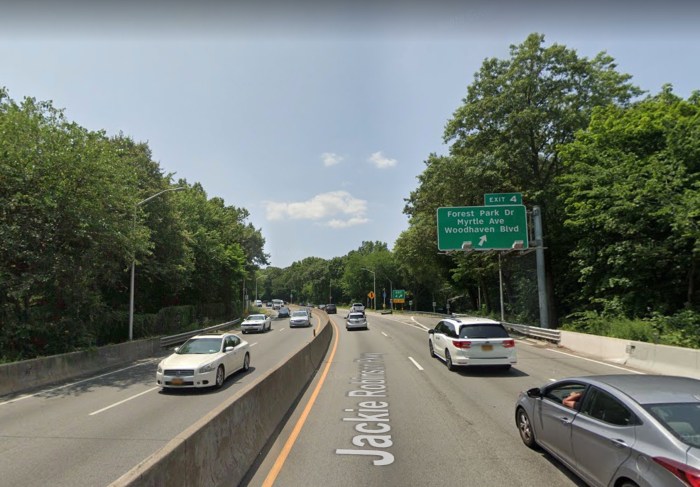Mayor Bill de Blasio touted a year of Vision Zero success after the city built 28.6 miles of protected bike lanes in 2020 amid the pandemic, while roadway deaths, especially cyclists, have soared.
With roughly 24 cyclist deaths among the 225 reported fatalities on New York City roadways, 2020 is the second deadliest year since 1999 after 2019 saw 29 cyclists killed by the end of the year.
According to the mayor, progress was made in expanding bike lanes for New Yorkers during a biking boom after many found it difficult to reconcile with the cramped conditions of the subways and buses in light of the COVID-19 pandemic.
“Our city has reimagined our streets as we’ve fought back the COVID-19 crisis. That means more space for restaurants and businesses, faster options for bus riders, and more ways than ever to accommodate the cycling boom with new protected bike lanes,” de Blasio said. “Record numbers of bike lanes and bus lanes will change our urban landscape forever – and, as we continue our fight to build a fairer and better city, we won’t stop here.”
Despite the high number of cyclist deaths, New York City now has a total of 1,375 bike lane miles, 545 of which are protected, according to City Hall.
Second only to Staten Island, the Bronx received the least amount of bike lane miles in 2020 compared to Brooklyn and Queens which each got nine. The borough only got 3.2 miles.
The Bronx and the city in general may have needed a more aggressive approach, according to Transportation Alternatives Executive Director Danny Harris.
“Last year there were zero bicyclists killed in the Bronx this year there are eight, you look at speeding violations that are up more than 60%. So as traffic ended or came down to a trickle, it was really an invitation for reckless driving and,” Harris told amNewYork. Our mayor controls the streets, and while we were having a bike boom and while open streets were happening and open restaurants, our mayor really needed to prioritize people over cars and he failed to do so.”
But bike lanes were not the only thing the administration was boasting.
Up to 83 miles of roadway had been made car-free in order to facilitate social distancing in some of the denser parts of the city along with 16.3 miles of bus lanes. Meanwhile, 10,847 restaurants took advantage of the Department of Transportation’s Open Restaurants program in order to serve customers in the fresh air.
According to the Mayor’s office, 2020’s 28.6 miles of protected bike lane rivals only 2017 in its success of the creation of up to 24 miles that year.



